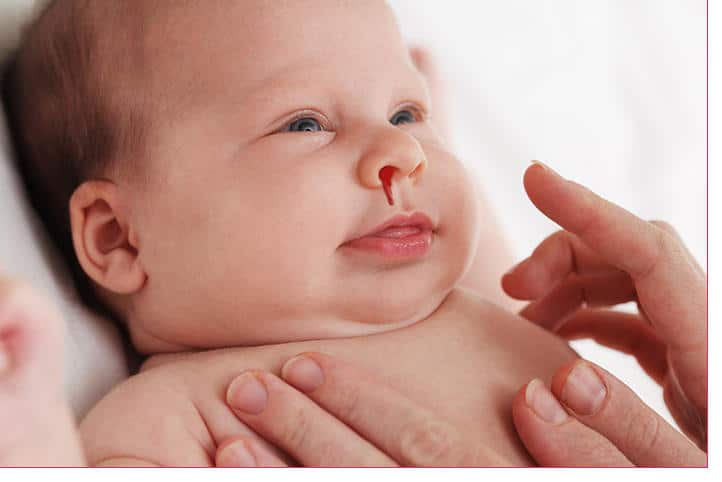What foods are high in vitamin d? How Can I Raise Quickly?
Vitamin d is important for our health and fruits and vegetables that are high in vitamin d. It is not right to take medication only for vitamins. Is it ok. But ; What foods are high in vitamin d?You can learn by going deep into the article.
Most of the sun’s vitamin D can be produced by our body if the skin receives enough sunlight. In contrast, the coverage of food requirements is relatively low: Vitamin D is only contained in significant quantities in a few foods. The high content of vitamin D in cod liver oil is known. Find out more about vitamin D in food and how to prepare it correctly here.
Which foods are high in vitamin d?
The two most important forms in the group of D vitamins are vitamin D3 (cholecalciferol) and vitamin D2 (ergocalciferol). While vitamin D3 is mainly found in animal foods, plant foods contain vitamin D2.
The special thing is that our body can form both vitamin D forms from the body’s own provitamins or precursors (Vit. D3 from 7-dehydrocholesterol and Vit. D2 from ergosterol) with the help of sunlight. However, the preliminary stage of vitamin D2 (ergosterol) only reaches the human body through the consumption of plant-based foods. Scientists also suspect that vitamin D3 is more effective or easier to use than vitamin D2.
Vitamin D in animal products

vitamin d fruits and vegetables
Most foods with a significant amount of vitamin D are animal products. The highest levels of vitamin D are found in cod liver oil, at around 300 micrograms per 100 grams. Nowadays cod liver oil is hardly used anymore. Smoked eel also has a high vitamin D content of around 22 micrograms per 100 grams. We get the most vitamin D in USA from fish. Nevertheless, we eat comparatively fewer foods containing vitamin D than other animal products.
vitamin d fruits and vegetables
Vegetables are foods that are high in vitamin d. Since there are only a few vegetable foods with a significant vitamin D content, vegetarians and vegans in particular should spend enough time in the sun. The avocado shows the highest vegetable occurrence of vitamin D with 3.4 micrograms per 100 grams. Mushrooms have an average vitamin D content of 2.6 micrograms.
With vitamin D foods, however, it should be noted that some of them are not an integral part of our usual eating habits. Offal, for example, contains a very high amount of vitamin D, but is probably only a few on the daily menu. Dairy products such as cheese or whipped cream, on the other hand, contain a lower vitamin D concentration than innards, but usually end up on the table more often. As a result, despite the lower vitamin D content, they make a larger contribution to the vitamin D supply.
However, you cannot completely cover all of your vitamin D needs through food. To achieve the recommended intake of 20 micrograms of vitamin D per day, you would need e.g. B. Eat 100 grams of eel or six avocados or seven eggs daily.
When cooking, baking, roasting and steaming, nutrients are lost: vitamins, minerals, trace elements and antioxidants. Vitamin D is relatively heat-stable and is retained even during cooking at temperatures up to 180 degrees Celsius. Vitamin D foods are suitable for the preparation of healthy, warm dishes. Even if the vitamin D tolerates heat in food, overly long cooking is not recommended. When preparing z. B. Mushrooms are suitable for steaming, so that there are no major losses of nutrients.
By the way: The most heat-sensitive vitamins include, for example, vitamin B1 (thiamine), vitamin B5 (pantothenic acid) and vitamin C. These vitamins are particularly evident at temperatures above 100 degrees Celsius, which arise during cooking as well as during roasting, baking, braising and deep-frying severe losses of up to 50 percent. Find out here how you can avoid vitamin loss in fruits and vegetables!
What happens when vitamin D is insufficient?
People who hardly (or cannot) spend time outdoors, work in the office during the day or night shifts. And protect their skin from UVB radiation with sunscreen belong to the risk groups for a vitamin D deficiency. Older people are also included, since the formation of vitamin D decreases significantly in old age. Even in certain phases of life such as For example, during pregnancy, sufficient vitamin D should be ingested. İf you read more about low vitamin d during pregnancy pls click on it https://kidschildrenshealth.com/low-vitamin-d-during-pregnancy/
The first possible signs of a vitamin D undersupply can be very unspecific symptoms such as B. sleep problems, deteriorating physical and mental performance. Symptoms that can indicate a severe vitamin D deficiency are:
- General fatigue
- Chronically bad mood up to depression
- Skin problems
- Common infections
- Bone and back pain
- Muscle weakness and cramps
- Bad wound healing
To find out if there is a vitamin D deficiency, you can have your family doctor do a blood test to check your level. If there is too little vitamin D in your body, it is advisable – in consultation with a doctor – to supplement the vitamin with appropriate preparations.
Our previous article Vitamin d for babies-Do babies really need? in the title best vitamin d for babies ve vitamin d for breastfeeding information is provided..

Hello, I’m Dorothy. I love writing and researching articles. Reading books about baby health, care and pregnancy is my favorite. I will be sharing delicious and healthy information on food and baby food during pregnancy.












So many people don’t understand the importance of Vitamin D, even as an adult I know I feel better when I’ve seen the sunshine and got some vitamin D. More people need to be educated!
Vitamin D is so important especially for babies. This article is great! Lots of information!